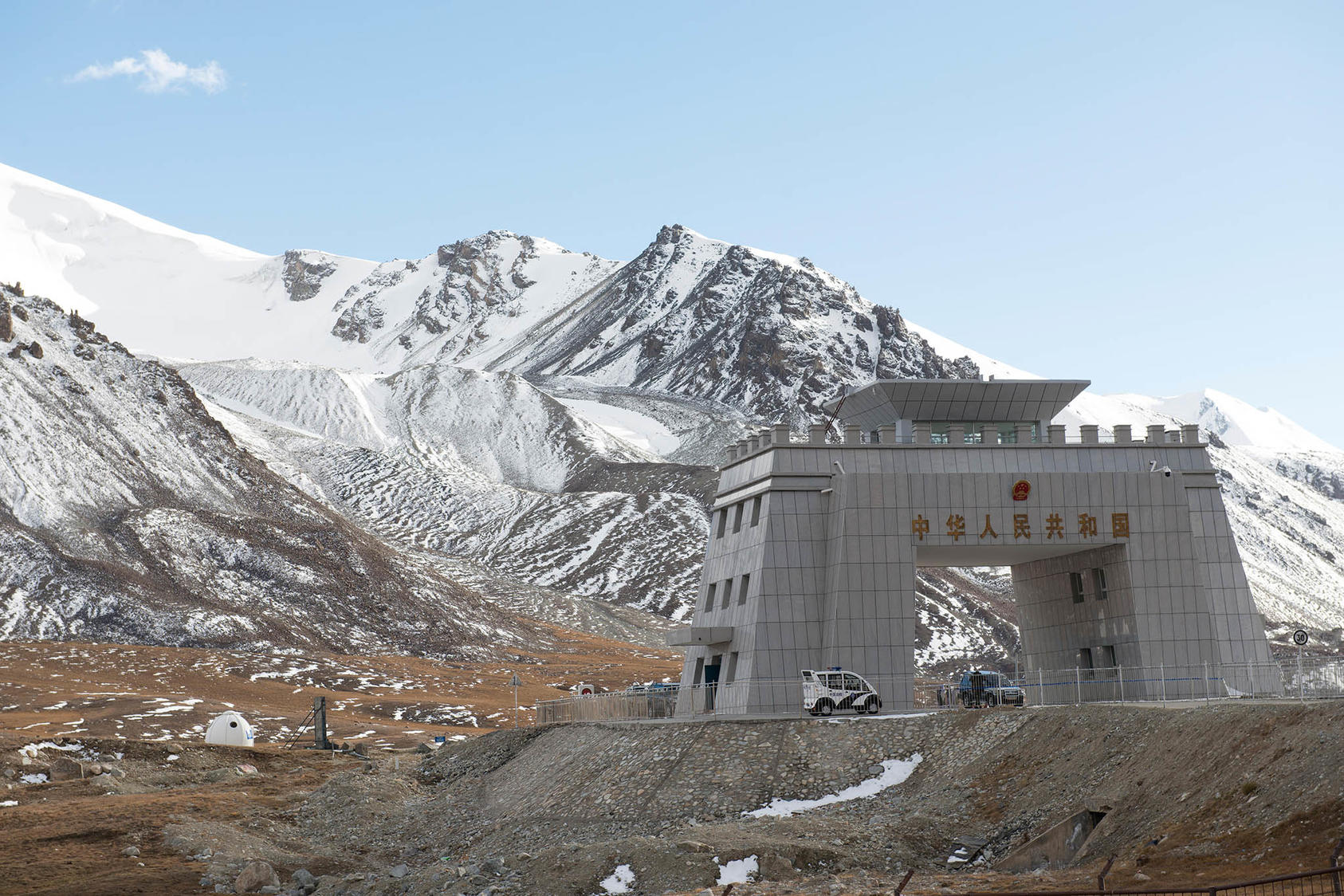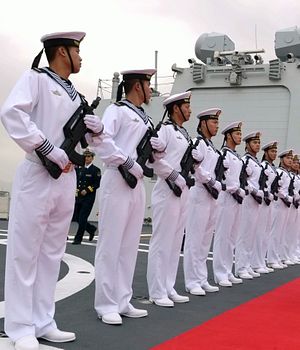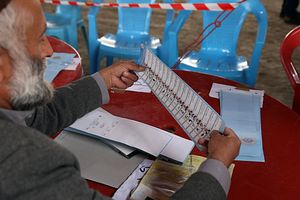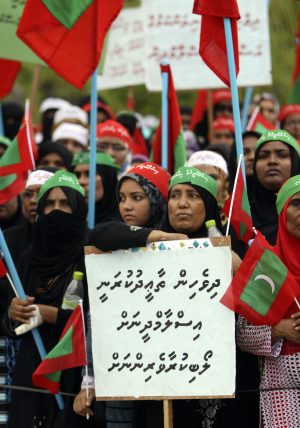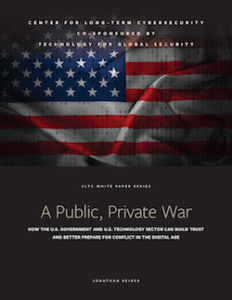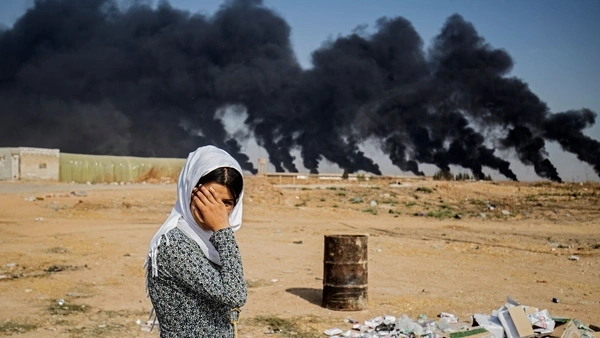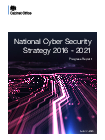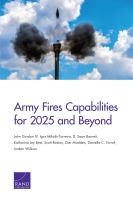Rajeswari Pillai RAJAGOPALAN
India’s space program has grown and evolved significantly in the last five decades. The program originally focused on developing space assets that provided direct developmental benefits, for example telecommunications and remote sensing satellites that helped both in improving communication facilities and giving direct assistance to India’s farmers. But over time, India has shifted a part of its focus towards space exploration and other high-profile missions that do not have as clear a developmental purpose as earlier. This includes, for example, India’s Mars and Moon exploratory missions. Overall, India has been fairly successful in these efforts and its space program has become a comprehensive one that includes not only a robust launch capacity and very large remote sensing satellite systems, but also a very well rounded scientific and deep space exploratory program.
The next major step for India is a first crewed space mission, Gaganyaan, to be undertaken by 2022. This is a very ambitious target, which is important for various reasons. First and foremost, as the Indian space program evolves, this is the next logical step. While one may not see an immediate and direct economic linkage, in the longer-term, such missions are likely to bear fruit, especially in terms of the spin-off technological benefits derived from the mission. Second, Gaganyaan will add great weightage and visibility to the Indian space program, just like the Moon and Mars missions. This is an aspect that India should not shy away from emphasizing as the space security competition picks up momentum.


